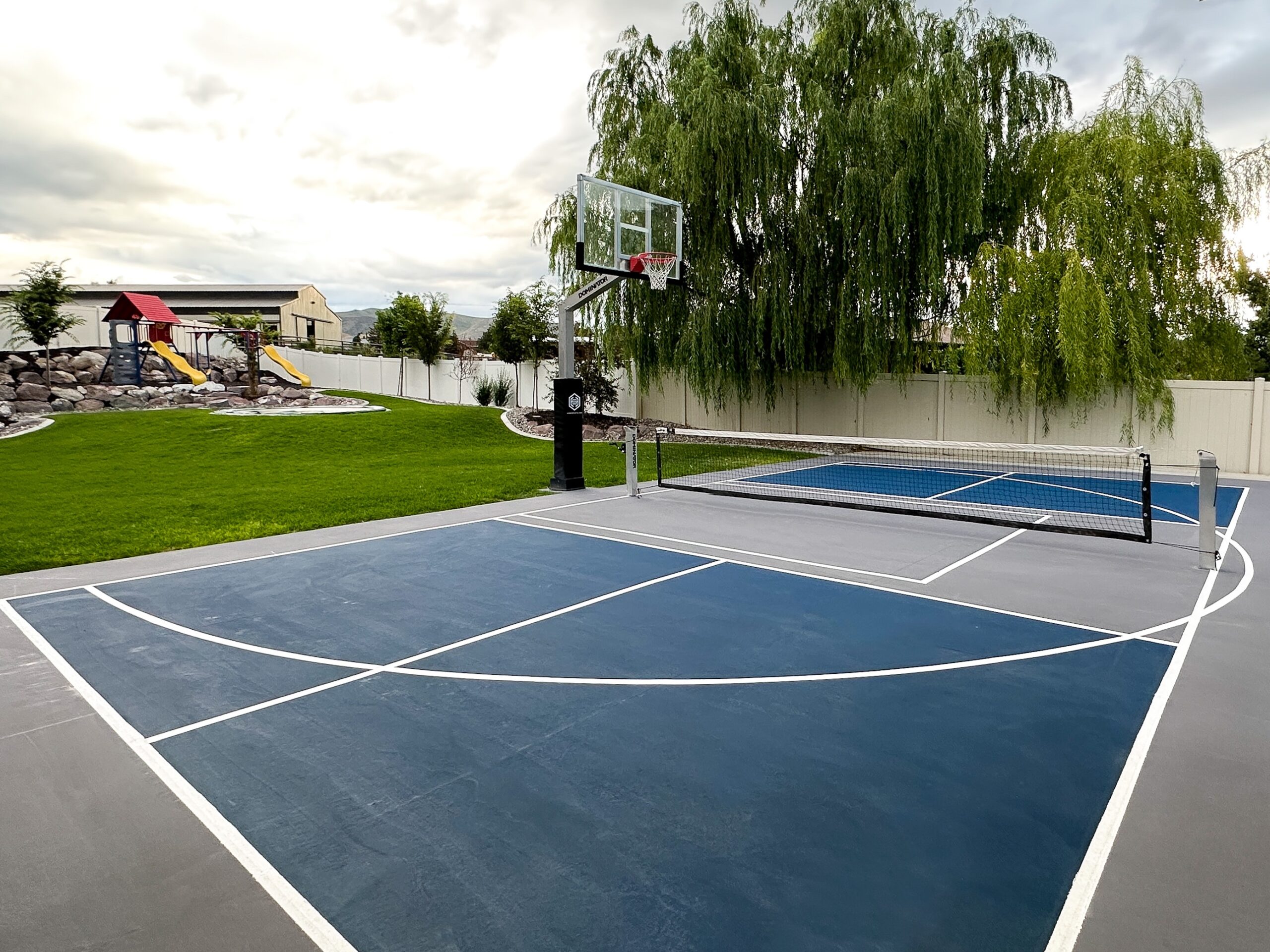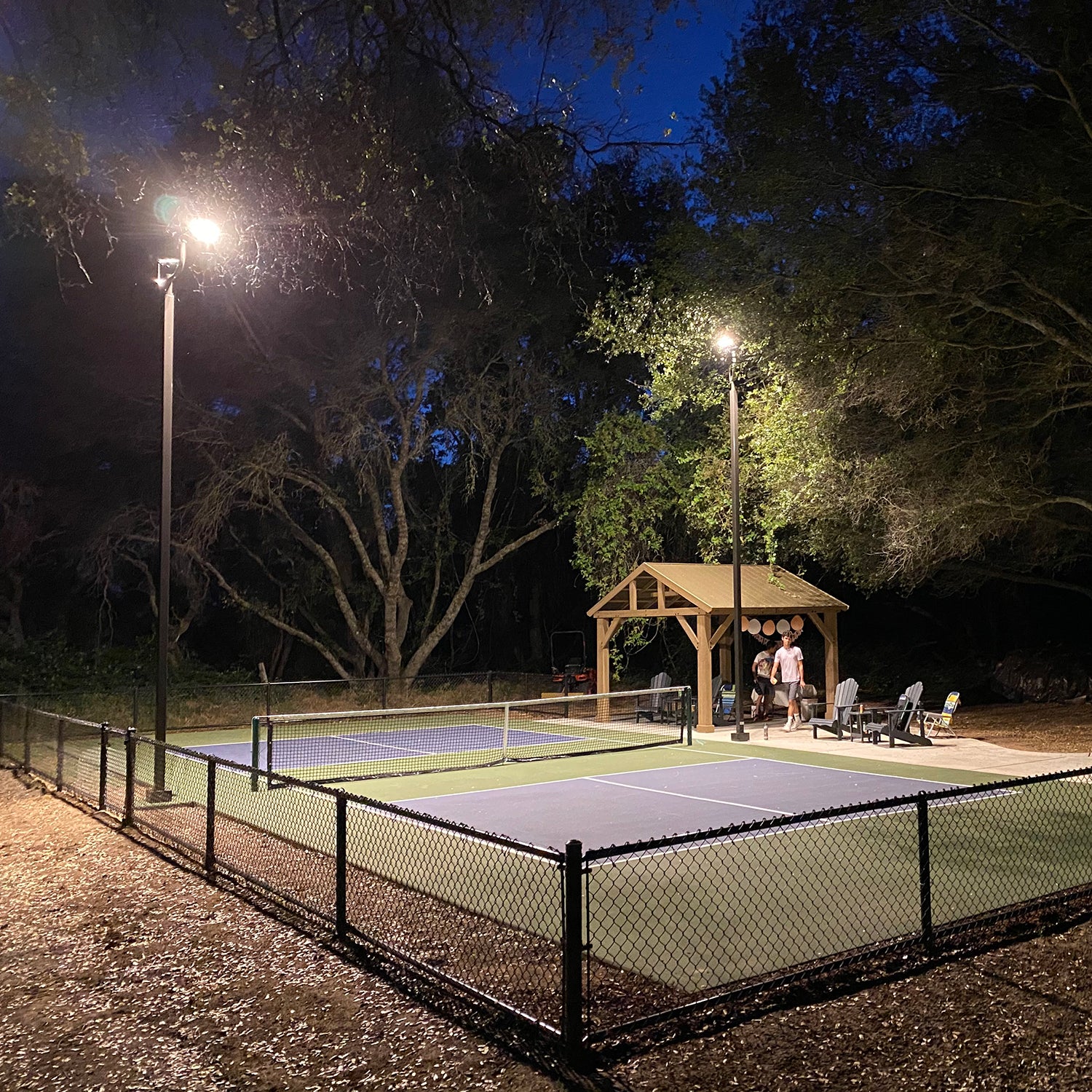Budgeting Tips for Affordable Pickleball Court Construction and Maintenance
Budgeting Tips for Affordable Pickleball Court Construction and Maintenance
Blog Article
Boost Citizen Interaction With Community-Driven Pickleball Court Projects
The introduction of community-driven pickleball court tasks offers a distinct chance to cultivate local interaction and enhance area connections. The real question remains: just how can these grassroots initiatives be purposefully implemented to guarantee sustainability and inclusivity in diverse neighborhoods?
Relevance of Area Engagement
Community engagement is a critical aspect in the effective development of pickleball court jobs, as it cultivates a sense of possession and cumulative duty amongst homeowners. When area participants are actively involved in the preparation and execution phases, they are most likely to support for the task's lasting success. Engaging stakeholders such as local gamers, families, and recreational groups ensures that the centers fulfill the varied requirements and choices of the neighborhood.
Furthermore, community engagement grows an encouraging setting where citizens feel empowered to add their resources and concepts. Pickleball court construction. This joint method can result in innovative solutions that improve the style and performance of the courts, making them much more appealing to a larger audience. In addition, including locals in decision-making procedures can enhance social ties, promoting inclusivity and unity within the area
The exposure of community assistance for a pickleball project can additionally play a pivotal function in securing financing and approval from neighborhood authorities. By showing a shared dedication to leisure growth, neighborhoods can effectively advocate for sources and policy modifications that prefer the establishment of pickleball courts, eventually enriching the neighborhood culture and leisure landscape.
Steps to Start a Project
Initiating a pickleball court job calls for a methodical strategy that develops on the structure of area engagement developed in previous discussions. The primary step is to assemble a job board consisting of local stakeholders, enthusiasts, and reps from relevant organizations. This varied team ensures that numerous perspectives are considered.
Following, conduct a requirements analysis within the area. Surveys, focus groups, and public conferences can be reliable in gauging rate of interest and gathering input on potential court places, preferred services, and organizing choices. Following this, develop a job plan detailing purposes, timelines, and responsibilities.
As soon as the strategy remains in area, involve with local authorities to understand zoning policies and any required licenses. Connecting transparently with the community throughout this process is vital, as it cultivates depend on and motivates more engagement.
In addition, arranging neighborhood events can help maintain momentum and enthusiasm. These occasions can act as systems for additional discussion and aid to strengthen area connections. Finally, file every step taken and maintain comprehensive records, as this will certainly be valuable for future stages of the project, including funding and source purchase.
Funding and Resources Available
Securing funding and sources for a pickleball court job is typically an important step that can determine the project's feasibility and success. Numerous opportunities exist for getting financial backing, varying from public financing to private sponsorships. City government gives, frequently focused on promoting neighborhood health and leisure, can offer significant sponsorship for such campaigns.
Along with federal government resources, nonprofit organizations and structures often supply grants especially for sports and area advancement tasks. Engaging neighborhood businesses as sponsors can additionally be a worthwhile method; many firms aspire to buy area efforts that boost their corporate social obligation account.
Crowdfunding systems have actually become a viable option for grassroots fundraising, allowing neighborhood participants to contribute directly to the project. This method not only increases funds yet likewise cultivates a feeling of ownership among participants.
Design and Preparation Considerations
Reliable design and planning are essential elements of Read Full Report any type of successful pickleball court job adhering to the acquisition of funding and sources. A comprehensive evaluation of the suggested location is vital; this consists of examining availability, distance to existing neighborhood facilities, and the possibility for presence and engagement.
The format of the court should stick to main dimension specs while thinking about the surrounding setting. Integrating functions such as seating, color frameworks, and suitable lighting can substantially improve player experience and spectator satisfaction. Materials selected for the court surface area ought to prioritize resilience and safety, with alternatives like acrylic or asphalt Get More Information offering ideal performance.
Entailing area participants in the design procedure promotes a feeling of possession and makes certain that the center satisfies local demands - Pickleball court construction. This can be accomplished via public examinations and surveys, permitting stakeholders to express their choices and issues
Sustainability needs to also be a top priority; including environment-friendly materials and techniques can contribute to long-term viability. Lastly, creating a maintenance strategy to guarantee the court remains in excellent condition will certainly support continuous area interaction and engagement in pickleball activities.

Success Stories and Instance Researches
Highlighting the transformative effect of community-driven initiatives, numerous success stories show exactly how collaborative efforts have actually led to the development Recommended Reading of vivid pickleball courts across numerous areas. One significant example is the initiative in a tiny town in Florida, where homeowners banded with each other to convert an underutilized tennis court right into a specialized pickleball facility. With fundraising events and partnerships with neighborhood companies, the area increased enough funds to install brand-new internet, resurfacing, and lines, ultimately promoting a lively hub for neighborhood players.
In a similar way, in a suburb of California, a grassroots activity emerged to produce pickleball courts in a neighborhood park. The task not only engaged volunteers for construction however additionally consisted of workshops to engage area members in the sporting activity. Therefore, the courts became a centerpiece for social communication and physical fitness, bring in players of any ages.
These situation researches exemplify exactly how community-driven jobs can enhance neighborhood involvement, promote exercise, and enhance social bonds. By leveraging cumulative sources and interest, areas can successfully maintain and create pickleball centers that serve diverse populaces and cultivate a feeling of belonging.

Conclusion
By focusing on stakeholder involvement throughout the preparation and execution stages, these initiatives can successfully resolve diverse neighborhood demands. Ultimately, such efforts contribute to the change of public areas right into dynamic centers of physical fitness and social communication, reinforcing area ties.
The development of community-driven pickleball court jobs offers an unique opportunity to foster regional interaction and enhance area ties.Community engagement is a vital component in the effective advancement of pickleball court projects, as it promotes a sense of ownership and collective responsibility among residents. When area participants are proactively included in the planning and execution stages, they are more most likely to support for the task's lasting success.Launching a pickleball court job needs a methodical method that constructs on the structure of neighborhood interaction established in previous discussions. The job not only engaged volunteers for building and construction however additionally included workshops to engage area participants in the sport.
Report this page